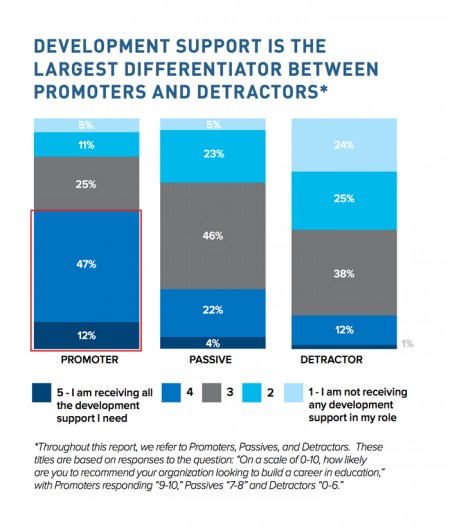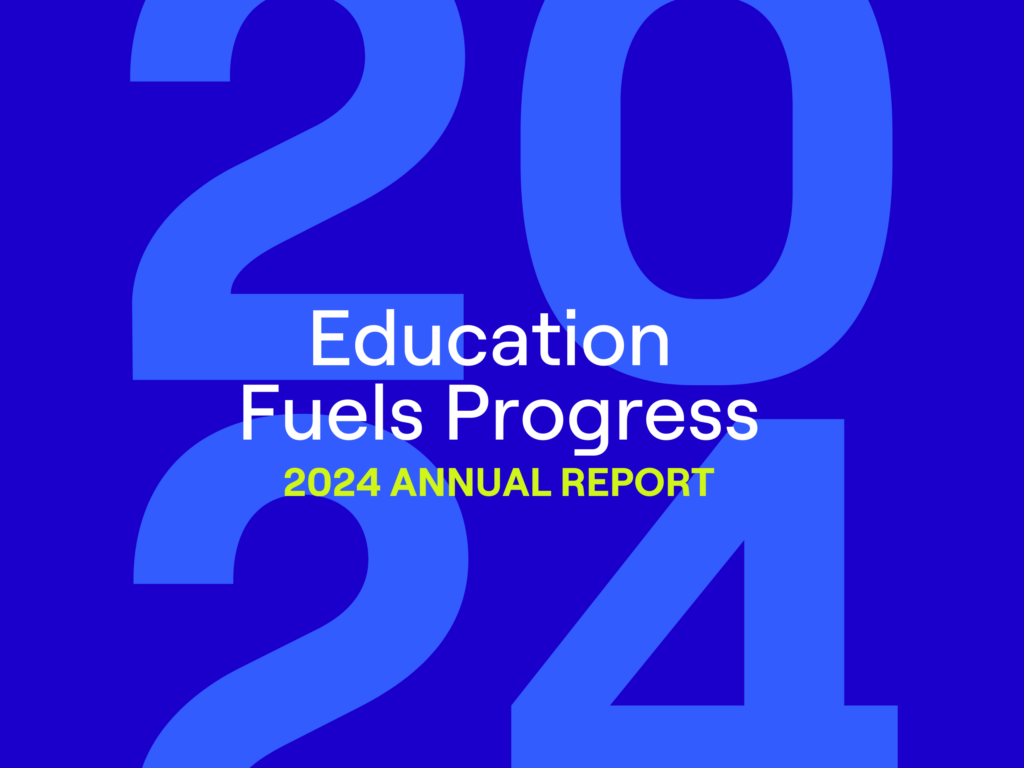Few educators would disagree with the statement that top talent is mission critical for achieving great results for students.
Yet the public education sector—school districts, charter organizations, nonprofits, intermediaries, government agencies, and foundations—chronically underinvests in developing highly effective and diverse system leaders. With the pace of innovation increasing and complexity on the rise, why is that? And what practical steps can organizations and leaders take to reverse the trend, build capacity, and reduce the kind of staff turnover that cripples success?
EdFuel set out recently to explore these questions with The Bridgespan Group, in partnership with The Broad Center, NewSchools Venture Fund, Harvard Graduate School of Education, and 50CAN. We conducted a national survey of some 400 system leaders and extensive follow up interviews to get to the root of the problem. The results are striking and the call to action is clear, but implementation will require true organizational commitment and a re-orienting of management priorities. Read the full report here.
Survey Findings
The survey confirmed what many already suspect: sixty percent of administrative leaders anticipate leaving their organizations within the next three years. This number is even higher at the middle manager level, with approximately 70 percent intending to leave within the next three years.
This “musical chairs” dynamic is not, however, a foregone conclusion. Some staff report a strong affinity to their organization and a desire to continue developing in their role for the mid- to long-term. What separates these organizational “promoters” from others? The overwhelming answer is the amount of on-the-job career development and advancement opportunities their organization provides. In fact, promoters are 5.5 times more likely to receive development support than their peers.

Educational organizations can stem the outflow of talented personnel by investing more in their professional growth—which builds organizational leadership capacity and promotes diversity. Our research pointed to four interlocking steps they need to take:
- Adopt a development mindset: A talent-focused culture starts at the top and should be a stated priority of every senior leadership team and board.
- Build muscle: Developing current and future leaders is a skill that can be learned, with practice and modest investment. Many tools and resources are available, including a set of K–12 leadership competency maps recently launched by EdFuel.
- Prioritize diversity: Students of color constitute half the public school population, yet African American and Hispanic system eaders make up less than 25 percent of senior management roles in most systems. Closing that gap will require proactively providing development opportunities.
- Measure, test, learn, and adapt: Leadership teams can get better over time by setting targets, tracking progress, and reflecting on results. Getting started means taking simple steps that promote learning and build a sense of momentum.
A Path Forward
Reorienting an organization around talent development as a core competency is a long, involved, and often messy process. But that is no excuse for organizations to delay the important work of getting started—quite the opposite, actually.
To advance this work, we outline a specific set of action steps for superintendents / CEOs, leadership teams, funders, non-profit intermediaries, and individuals to take towards a stronger talent culture and building much-needed leadership capacity.
Please see the full report, Hidden in Plain Sight: Tomorrow’s Education Leaders Already Work for You, which captures our survey data and related recommendations. We hope you’ll take a look, and that this work will catalyze increased commitment to develop and retain the leaders we need to achieve breakthrough student results in every school and classroom.


